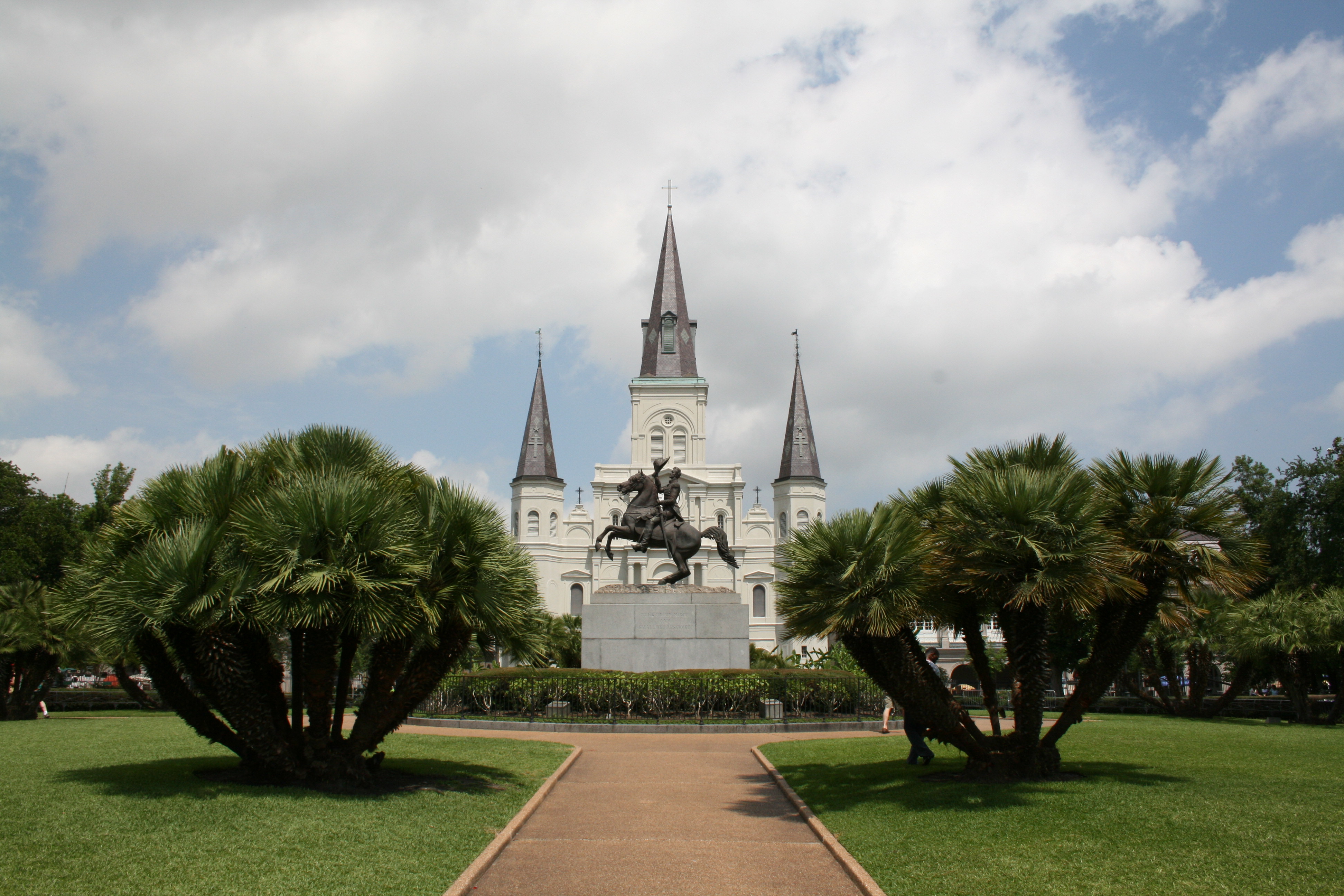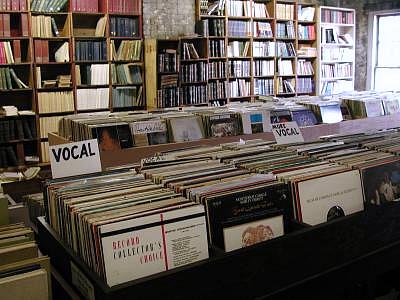With the crawfish boil under a month away, we thought we'd offer some suggestions for things to do for our out of town guests in New Orleans. This week we’re going to cover some of our favorite spots and places to visit in the city. (Each suggestion has a link to a google map to show you where everything is.)
 |
| Frenchman Street at night |
Frenchman Street/Three Muses: If you want a taste of real New Orleans culture (and to avoid the touristy traps of Bourban Street) head over to Frenchman Street. Jamie highly recommends going to the Three Muses, a bar/music hall. In the years since Hurricane Katrina, Frenchman has become the center of musical culture in the city. Go in, order some food (the food is as good as the music), and listen to some of the best music New Orleans has to offer. Remember to tip the band and thank us later.
French Market: The French Market is a more traditionally touristy spot. This open air market features a wide range of vendors including music, food, and shopping. It spans about five blocks down by the river. Since it opened in 1791, the market has long been a center of the city’s economy. Over the years, Native Americans, African Americans, Americans, Spanish, French, Italian, German, and Caribbean immigrants all mingled together, selling their wares. Like Jackson Square, the Market encapsulates the history of New Orleans.
 |
| There hero of New Orleans in foreground, St. Louis Cathedral in the background. |
Jackson Square: If you’re in the French Quarter it’s impossible not to walk around Jackson Square at some point. The square is named for Andrew Jackson, who famously defended the city from the English during the War of 1812 (even though the battle took place in Chalmette and the war was already over). A close look at the square and you can see the entire history of the city. The St. Louis Cathedral sits at the head of the square and is the oldest cathedral in America. The site has housed a church continuously since 1718. There has been a church on the site since 1718. Adjacent to the cathedral is the Cabildo, the seat of the French and then Spanish colonial government. On the other side of the Cathedral sits the Presbytere, which was used for commercial and judicial purposes. The Cabildo and Presbytere are now part of the Louisiana State Museum.
Beckham’s Books: Every major city has a hidden gem of a used bookstore, in New Orleans, Beckham’s is it. With great prices and an even better selection, this independently owned book store has been on Decatur Street since 1979. It’s a great way to spend an hour browsing their massive collection. Side note: from the outside, Crescent City Books (just a few blocks over) looks like the used book store you want. But it’s not. Crescent City is mostly a front to sell overpriced “authentic” New Orleans merchandise to hipsters.
 |
| Inside Beckham's Books |
Aquarium/Riverwalk: Located at the foot of Canal Street, the Aquarium features a 400,000 gallon tank filled with coral reefs, sharks, and other aquatic life that populates the Gulf of Mexico. After touring the exhibits, take a few minutes and watch the sharks and turtles swim by. It’s a cool sight to see and well worth your time. The aquarium also has stingray touch pool, sea otters, and a replica Amazon rainforest. Additionally you can walk along the Riverwalk to get to the Aquarium and watch the ships sail past the city.
World War 2 Museum: For those interested in the history of American involvement in World War 2, look no further than this museum located in the Central Business District. During the war, New Orleans was the home of the construction of the "Higgins Boat" an amphibious landing craft used in the Atlantic and the Pacific. Thanks to the efforts of Stephen Ambrose, the popular historian, and New Orleans business leaders, the museum opened in 2000 as a way to celebrate and study American involvement in World War 2. It is a must-visit for anyone interested learning more about this crucial moment in American history.
Stay tuned for next week, where we will tackle the all-important issue of where to eat in the Quarter. Because let’s face it, if you came to New Orleans, you came here to eat.






